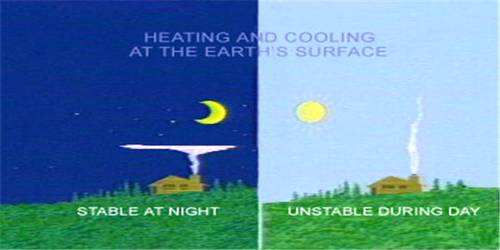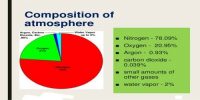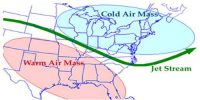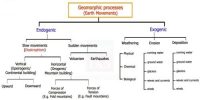Heating and Cooling of Atmosphere
There are dissimilar ways of heating and cooling of the atmosphere. The earth after being heated by insolation transmits the heat to the atmospheric layers near to the earth in the long waveform. The air in getting in touch with with the land gets heated gradually and the higher layers in contact with the lower layers also get heated. This procedure is called conduction. Conduction takes place when two bodies of uneven temperature are in contact with one another; there is a flow of energy from the warmer to the cooler body. The transfer of heat continues until both the bodies attain the similar temperature or the contact is broken. Conduction is vital in heating the lower layers of the atmosphere. The air in contact with the earth rises perpendicularly on heating in the form of currents and further transmits the heat of the atmosphere. This process of vertical heating of the atmosphere is known as convection. The convective transfer of energy is confined only to the troposphere.
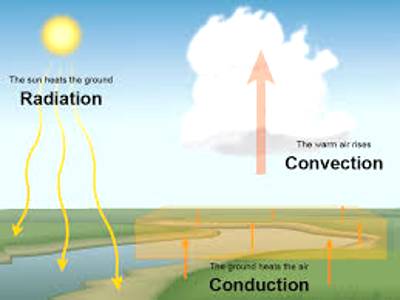
The transfer of heat through horizontal movement of air is called advection. Horizontal movement of the air is relatively more important than the vertical movement. In middle latitudes, most of diurnal (day and night) variations in daily weather are caused by advection alone. In tropical regions particularly in northern India during summer season, local winds called ‘loo’ is the outcome of advection process.
